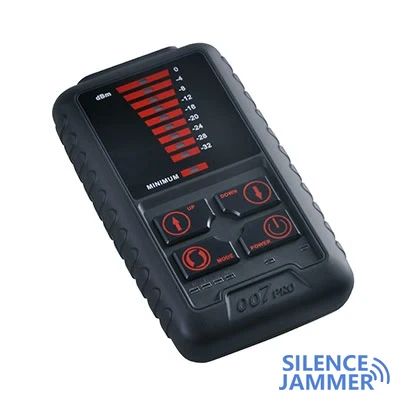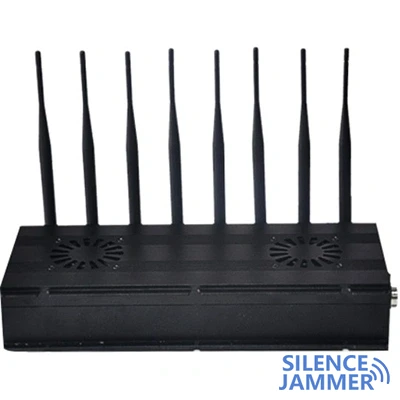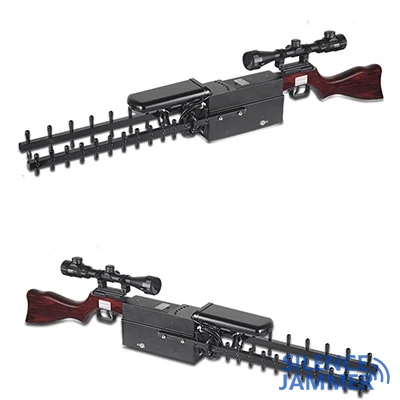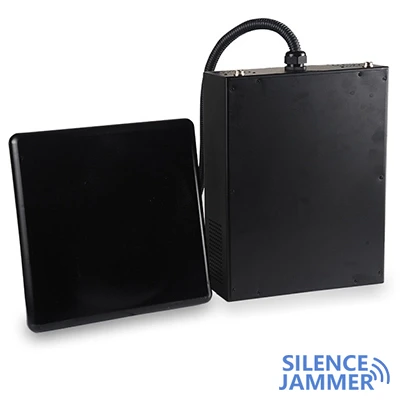Lockheed Martin recently announced that it has successfully delivered the 2,000th Symphony RC-IED signal jammer, which can effectively protect Afghan and Iraqi allied convoys and soldiers on the battlefield by defending against improvised explosive devices (IEDs).

Symphony IED Signal Jammer Features and Benefits
The Symphony RC-IED Defense System, as the name implies, can simultaneously jam the detonation signals of multiple remote-controlled IEDs. As the only system of its kind approved by the U.S. government for sale to allies and partner countries, Symphony is designed with ease of operation and reliability in mind. This small vehicle-mounted system can be easily installed on various security forces' mobile platforms and fully adapts to terrain and environment.
The programmable nature of Symphony enables it to quickly adapt to different electronic signal attack modes. In addition, the system is designed not to interfere with allied communications and electronic equipment, and can interoperate with jamming equipment used in other theaters, thereby improving overall combat effectiveness.
Practical application of Symphony IED signal jammer
Lee Lilly, business development manager at Lockheed Martin, said: "Our allied soldiers face threats from hidden explosive devices every day, and the Symphony RC-IED defense system effectively protects convoys from the threat of RC-IED. The Symphony system helps allied, coalition and partner forces focus more on counterterrorism and counterinsurgency missions."

In March 2010, the U.S. Navy awarded Lockheed Martin an exclusive contract covering the supply of the Symphony RC-IED signal jammer system. The initial task order value of the contract is $40.8 million, and the total amount of the contract is expected to reach $940 million by September 2014. This contract not only demonstrates a high degree of confidence in the Symphony system, but also emphasizes its indispensable role on the modern battlefield.
Summary
The Symphony RC-IED jammer system not only enhances the security of allied forces in the war zone, but also promotes the development and application of electronic warfare technology.





